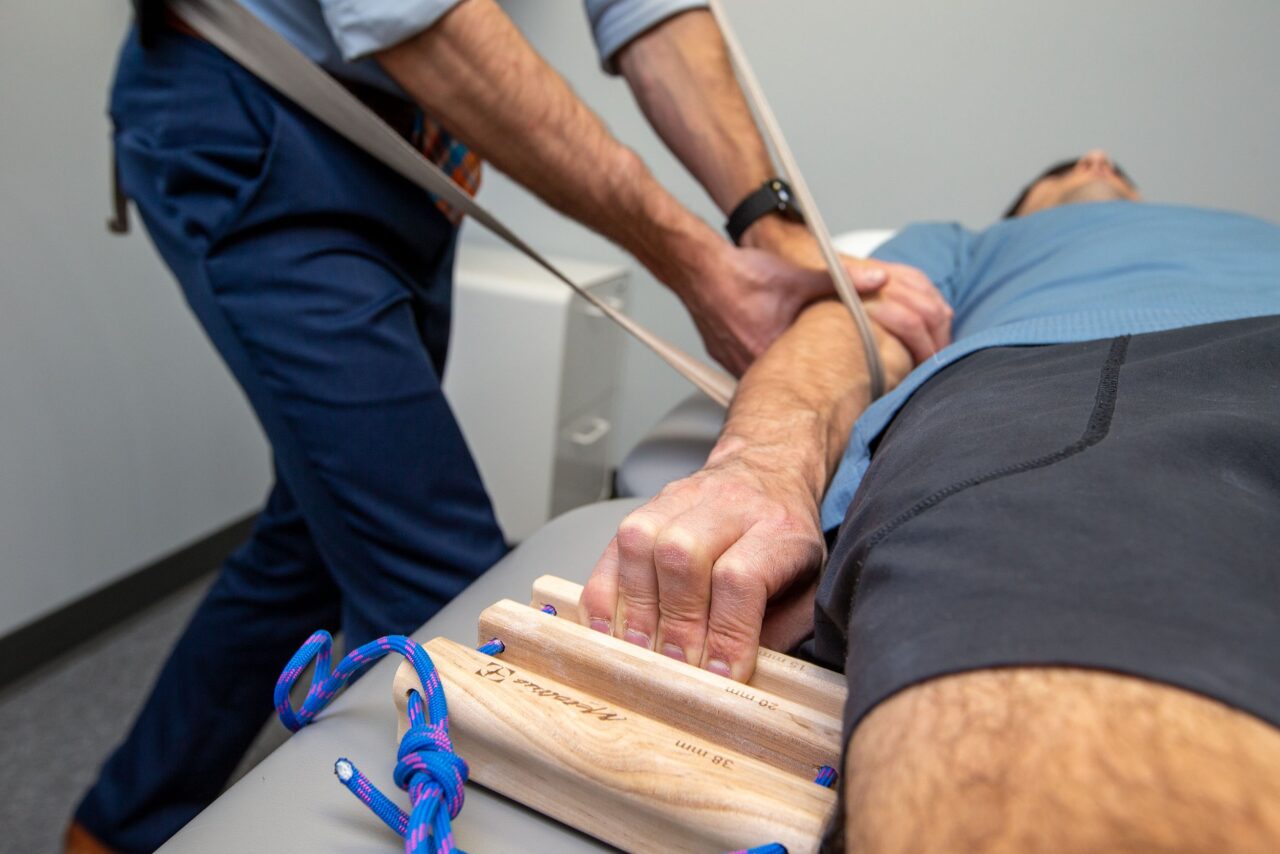The most common injury among competitive youth climbers is an injury to a finger growth plate. However, this type of injury is not as well-known as other types of injuries and therefore is under-reported by youth climbers. A large percentage of finger injuries go un-reported in elite youth climbing, especially among climbers who perform at a similar level as their skeletally-mature counterparts. This under-reporting can have negative long-term consequences so it is important that both coaches and climbers are aware of the signs and symptoms of growth plate injuries and how to manage them.
Meyers and colleagues surveyed youth rock climbers of their knowledge of climbing-specific injuries. The injury that youth climbers thought occurred the most is an A2 pulley injury. Although A2 pulley injuries are common in adults, they are actually quite rare in youth climbers. There is clearly a widespread misconception about common injury types among climbers. The authors believe that this is due to the high incidence reported among professional, high profile climbers. A2 pulley injuries get a lot of attention, causing climbers to (incorrectly) self-diagnose most finger injuries as damage to the A2 pulley.
Awareness and proper diagnosis of finger injuries is crucial for avoiding unnecessary surgery and also preventing injury long term. A2 pulley injuries are most commonly a traumatic injury that is accelerated by cumulative microtrauma. In contrast growth plate injuries are a repetitive stress injury, usually accelerated by a sharp increase in volume of climbing and occur most frequently just before the climber reaches skeletal maturity (13-15 years in females, 15-17 years in males). A2 pulley injuries often require surgery, but are rare in youth climbers. Growth plate injuries, if reported and diagnosed early, can be treated conservatively with splinting and avoiding climbing for 6 weeks. Proper conservative management can lead to less time away from climbing.

